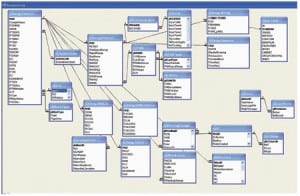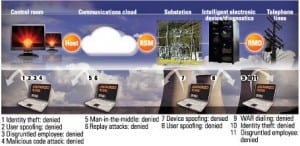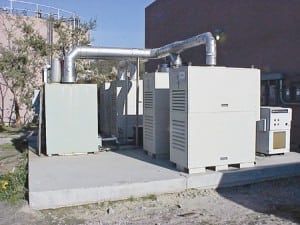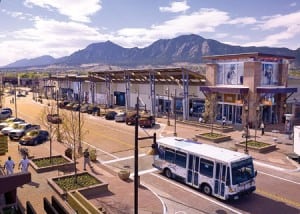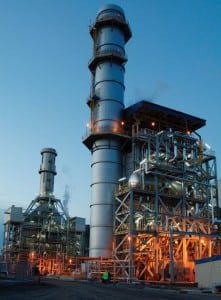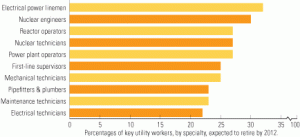Business
-
Instrumentation & Controls
Digital technology spawns need for configuration management
Documenting changes to the distributed control system and other digital plant applications should be considered a critical element of managing risk—and of safe, efficient daily operations and maintenance. Coming up with a practical configuration management approach, though, isn’t easy.
-
Instrumentation & Controls
Assessing and addressing cyber threats to control systems
Control systems used by utilities and other operators of America’s industrial infrastructure increasingly rely on an Internet connection that makes them as vulnerable to hackers as any computer or network. One reason many utility control systems are vulnerable is that, unlike your ISP’s systems, they don’t record an audit trail that reveals the source of the attack.
-
-
Legal & Regulatory
The green trade-off
By Steven F. Greenwald and Jeffrey P. Gray These should be good times for environmentalists who focus on “green” energy policy. More than half the U.S. states have adopted renewable portfolio standards (RPS) that require utilities to meet specific renewable generation targets, and many are considering additional actions to reduce greenhouse gas (GHG) emissions. Such […]
-
Smart Grid
Microgrids promise improved power quality and reliability
Last month, POWER explored the growing importance of the smart grid, which is envisioned as using digital technologies to enable integrated, real-time control of all the system’s elements, from generation to end use. This month we focus on the emerging technology of microgrids: controlled groupings of dispersed generation sources that are connected to the main electrical grid but that can function independent of it. We examine their benefits and their potential impact on 21st-century utilities and their customers.
-
Coal
Global Monitor (May 2008)
National Grid divested of Ravenswood/ GE to sell Baglan Bay plant; From prairie grass to power/Renewables experience 40% growth/ The sustainable city/Solar recharger for developing countries/ Seeking CCS solutions/ Hoover Dam could stop generating/ Japan turns to fossil fuels/U.S. reactors produce record power/ POWER digest
-
Legal & Regulatory
Why RPS programs may raise renewable energy prices
Until very recently, common wisdom held that the price of renewable energy would fall as legislative procurement mandates ensured its long-term demand. The resulting growth in supply and sales would spur investment in the field, create economies of scale, and accelerate progress down the technology learning curve. Something unexpected, however, happened along the way. Though […]
-
Smart Grid
Boulder to be first “Smart Grid City”
The next-generation power grid—enhanced by digital technologies throughout the network to give generators, distributors, and customers greater control—promises to improve efficiency and lower operating costs. This year, in the most full-scale effort yet, Xcel Energy begins introducing intelligent grid technologies that it hopes will make Boulder, Colo., the first Smart Grid City.
-
Gas
Castejon 2: Ready to reign in Spain
The new, 424-MW Castejon 2 combined-cycle plant designed and built by Alstom was recently given its provisional acceptance certificate. Alstom used its “Plant Integrator” approach to fast-track delivery of a plant just like Castejon 1, which averaged 98% availability during its first three years of operation. That kind of performance is crucial to generators operating in the Spanish merchant power market—or any market.
-
O&M
The aging workforce: Panic is not a strategy
Leaders in the utilities sector talk a lot these days about talent. On one hand, they express concern about facing a shortage of knowledgeable staff as 76 million baby boomers exit the workforce. On the other, they worry about where they’ll find enough qualified people to remain competitive in light of the fierce battle for engineering talent that globalization has created. The antidote to these worries lies in reconfiguring HR practices.

